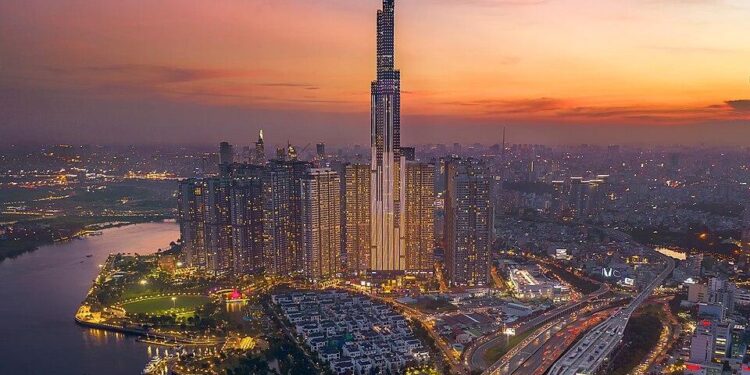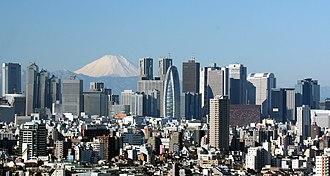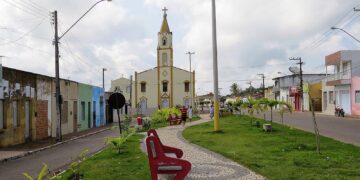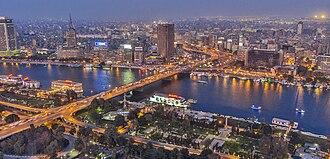Ho Chi Minh City in 2025: A Thriving Urban Giant Five Decades After the Vietnam War
Marking half a century since the conclusion of the Vietnam War, Ho Chi Minh City—formerly Saigon—has emerged as a symbol of resilience and remarkable transformation. From its war-ravaged past, this bustling metropolis has blossomed into a vibrant center for commerce, technology, and culture. Today, with over 9 million residents, its skyline is dominated by gleaming skyscrapers and cutting-edge infrastructure that mirror its rapid economic ascent and growing role on the global stage. This article delves into Ho Chi Minh City’s evolution over fifty years, examining its challenges, triumphs, and the rich cultural mosaic that defines it today. Blending historical depth with contemporary creativity, Ho Chi Minh City is crafting a distinctive identity at Southeast Asia’s crossroads.
Economic Revival and Infrastructure Advancements: Catalysts for Growth
Since 1975’s pivotal moment in history, Ho Chi Minh City has undergone an extraordinary economic revival fueled by strategic investments in infrastructure and innovation-driven industries. The cityscape now features towering office complexes alongside sprawling commercial districts that underscore ambitions to become Southeast Asia’s foremost economic powerhouse. Major projects like the expanding metro network are designed to ease chronic traffic congestion while enhancing urban mobility.
Industrial parks such as Saigon Hi-Tech Park have attracted multinational corporations alongside burgeoning local startups focused on software development and biotechnology. These zones serve as incubators for innovation while drawing significant foreign direct investment (FDI), positioning HCMC as an attractive destination for entrepreneurs worldwide.
Several sectors stand out as engines of future growth:
- Real Estate: Driven by increasing urbanization and demand for affordable housing solutions amid rising incomes.
- Technology: Supported by government-backed startup accelerators fostering digital transformation.
- Tourism: Leveraging historical sites combined with modern entertainment venues to boost visitor numbers.
- Manufacturing: Transitioning towards Industry 4.0 practices emphasizing automation and sustainability.
| Sector | Projected Annual Growth Rate |
|---|---|
| Real Estate | 7% |
| Technology | 10% |
| Tourism | 8% |
| Manufacturing | 6% |
These projections reflect optimistic forecasts from recent reports by Vietnam’s Ministry of Planning & Investment (2024), underscoring sustained momentum across diverse industries.
Preserving Cultural Identity Amid Rapid Modernization
Despite swift urban expansion transforming much of Ho Chi Minh City’s landscape, preserving cultural heritage remains central to community life here. The city harmonizes tradition with progress through active efforts to maintain customs deeply rooted in daily routines.
Local culinary traditions continue thriving through vibrant street food scenes where vendors collaborate closely to uphold authentic recipes passed down generations—offering everything from bánh mì sandwiches to phở noodle soups prepared using time-honored techniques.
Annual festivals such as Tết Nguyên Đán (Lunar New Year) draw both residents and tourists alike into celebrations filled with music performances inspired by traditional Vietnamese melodies alongside contemporary art exhibitions showcasing emerging talents blending old motifs with new expressions.
Government agencies partnered with NGOs have spearheaded restoration projects safeguarding iconic landmarks:
| Landmark | Year Restored | Cultural Importance |
|---|---|---|
| War Remnants Museum < td >1990 < td >Documenting wartime experiences globally recognized | ||
< / tbody > < / table > These initiatives ensure that modernization does not erase but rather celebrates historical narratives integral to HCMC’s identity — inviting visitors worldwide to engage meaningfully beyond surface-level tourism. Addressing Urban Challenges Through Sustainable SolutionsThe rapid pace of development brings complex challenges including environmental degradation, traffic congestion exacerbated by population density exceeding 9 million people (as per General Statistics Office data 2023), air pollution spikes during dry seasons reaching hazardous levels according to WHO standards—and sprawling informal settlements straining public services. To confront these issues head-on while maintaining growth trajectories requires innovative approaches centered on sustainability:
|















